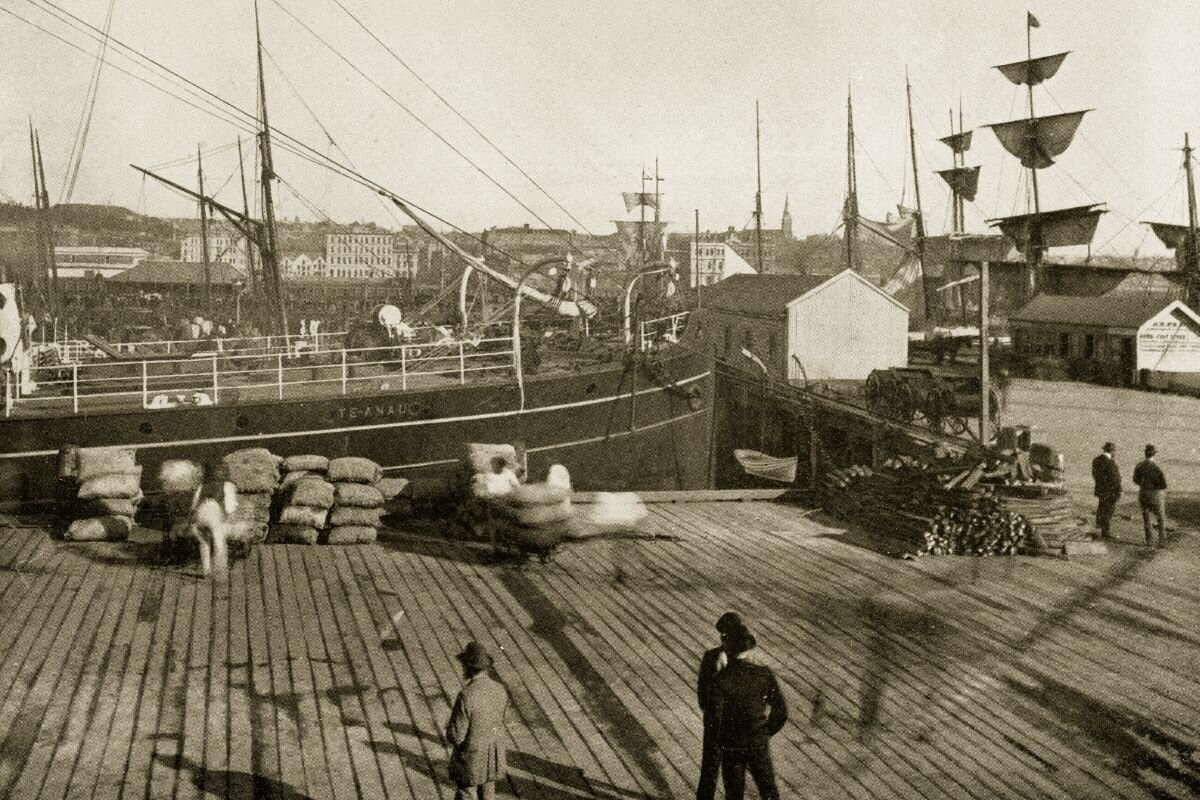Asbestos Timeline in NZ
It can be hard to believe that we went from using asbestos in almost everything to having experienced and licenced teams for its safe removal. How did we end up with it in New Zealand, and how did it come about that we realised how dangerous it was? Well, we’re about to walk you through the asbestos timeline in New Zealand.
2400 BC – The First Uses
Ah, much simpler times. Asbestos was discovered around 2400 BC, and its use dates back nearly 4,500 years. Around Lake Juojärvi in Finland, evidence shows it was used very early to make cooking utensils and pots. In 300 BC, it was also referenced on stones. Since then, researchers have discovered fibres in debris dating back to the stone age, around 750,000 BC.
First Century AD – Discovery of Toxicity
It may be hard to believe, but between 61 to 112 AD, an ancient Roman scholar, Pliny the Younger, noticed that slaves working with asbestos in mines were getting sick. Even with this knowledge, though, it would be another 2000 years before scientists were able to find out what this illness was, or what caused it.
1727 – Modern Man Discovers Asbestos
German scientist Franz Bruckmann published a scientific volume on asbestos, which outlined it as a popular material for building.
1820 – Fireproof Clothing
As the fire resistance of asbestos is discovered, Italian scientist Giovanni Aldini begins crafting fireproof clothing from asbestos.
1924 – First Recorded Case of Asbestosis
Asbestosis is a chronic lung disease linked to the inhalation of asbestos fibres. In 1924, British woman Nellie Kershaw became the first recorded case. She subsequently died from the illness.
1936 – New Zealand Gains First Awareness of Health Dangers
Even though we have all the information we need in an instant in this modern world, that wasn’t always the case. It can take some time for important information to filter through, and that was certainly the case with asbestos danger awareness.
New Zealand received information by way of a bulletin published by the Department of Scientific and Industrial Research. It noted that asbestos dust caused a pulmonary condition called asbestosis.
1968 – New Zealand Building Worker’s Union Gets Involved
A period of inaction followed the news that asbestos caused health problems. Even though the evidence was starting to filter through, it still continued to be used in a variety of building products.
By the time 1968 rolled around, the Building Worker’s Union was becoming concerned with the increased use of asbestos cement products.
1971 – The National Asbestos Survey
In 1969 and 1970, a survey was carried out on workers who had been exposed to asbestos in New Zealand. The survey included chest x-rays, lung function tests, and dust counts. It was labelled as restricted, confidential, not for publication.
Seventy-one workers out of 108 were working in conditions that exceeded the Threshold Limit Value for asbestos of two million particles per cubic foot. Out of 101 workers x-rayed, 17 showed pleural changes, and one was diagnosed with asbestosis.
1978 – New Asbestos Regulations Published
From the Department of Health survey and Minister of Health recommendations, asbestos regulations were proposed. An asbestos guide for safety in the construction industry was developed, and the new rules on asbestos air levels were published.
1987 – Asbestos Manufacturing in NZ Stops
In 1987, the Government decided to stop the manufacturing of materials containing asbestos in New Zealand.
1990 – Unions Turn Up the Heat
From 1984 until 1990, a lot happened within the trade unions. Reports reference asbestosis risks being hidden from quarry workers, and new illnesses were being detected in asbestos cement factory workers.
Out of 86 union workers reviewed who had also worked at asbestos cement factories, 13 had died from mesothelioma, seven from asbestosis, three from lung cancer, one from pancreatic cancer, and one from chronic obstructive pulmonary disease (COPD).
Out of those still alive, four had non-lung cancer, six with asbestosis, 21 with pleural changes, one with mesothelioma, three with lung cancer, eight with COPD, and four with non-specified lung changes.
1992 – The Asbestos Register Established
Because of high interest and activity following on from the asbestos survey, an asbestos register soon followed. It was an opportunity to gather information on the industry, occupation, gender, ethnicity, exposure, disease type, lung function, and smoking.
That asbestos register remains today, and there are over 20,000 names on it, along with 1,500 on a disease register.
2015/2016 – Health and Safety at Work Act 2015 – The Asbestos Regulations 2016
In 2015, a Health and Safety at Work Act was put in place, and a Health and Safety at Work (Asbestos) Regulations followed. At the same time, an Approved Code of Practice for the Management and Removal of Asbestos 2016 was established, approved by the Minister of Workplace, Recreation, and Safety.
2018 – Asbestos Survey and Management Plan
By 2018, all commercial buildings and rental properties built before January 1, 2000, had to have an asbestos survey and management plan.
Look How Far We’ve Come
From asbestos being marketed as the best thing since sliced bread to it claiming thousands of lives and being labelled as dangerous, it’s clear to see how far we’ve come. But it’s not over yet. Asbestos is still prevalent throughout New Zealand buildings.
Whether you’re renovating or noticing damaged building materials, it might be time to get in touch with a licenced asbestos removal team who can provide advice on the next best course of action.

